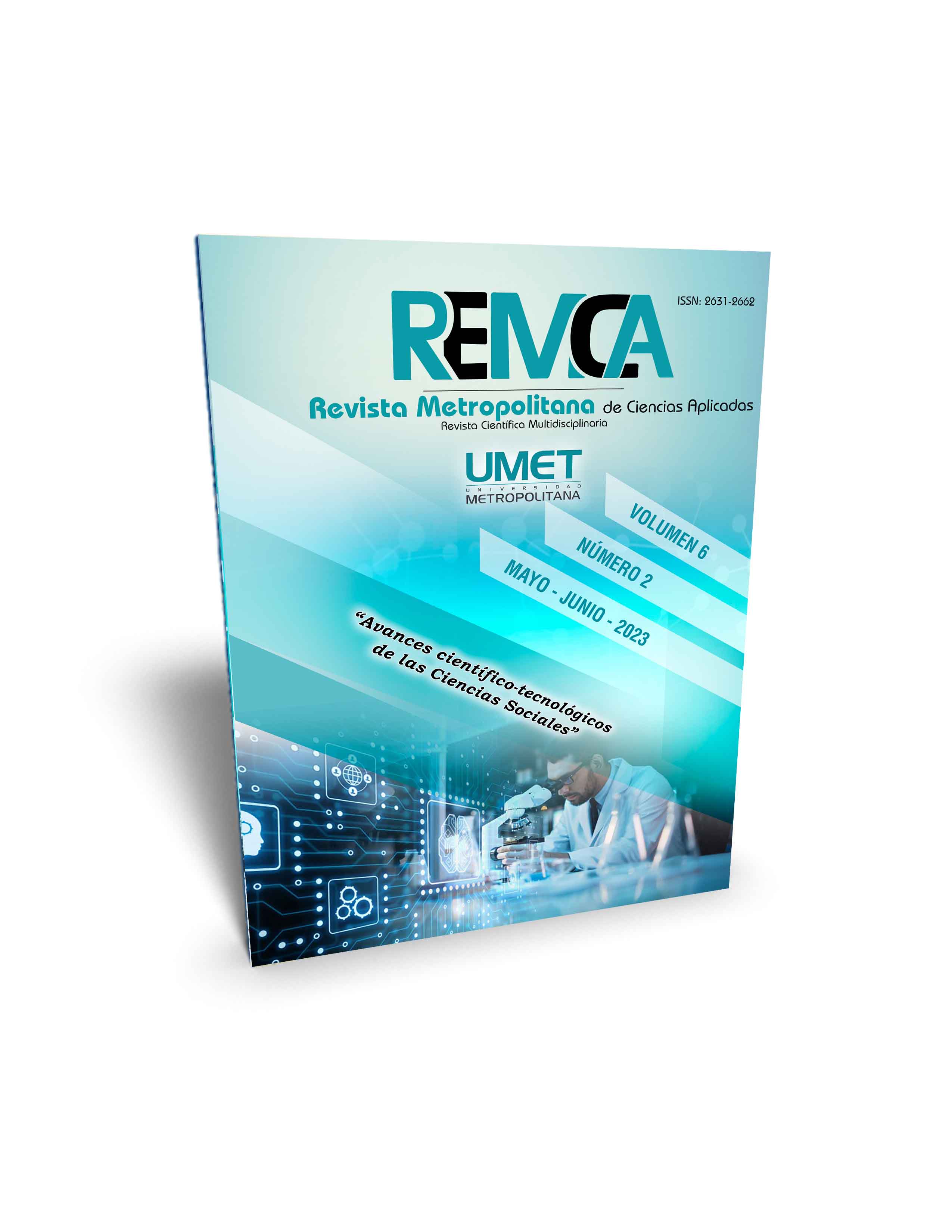Design of the student evaluation process in the Liceo Naval Quito Educational Unit
DOI:
https://doi.org/10.62452/avr3b396Keywords:
Process, student evaluation, activitiesAbstract
The research work was oriented to the design of the student evaluation process at the Liceo Naval Quito. The research had a quantitative approach under a documentary modality, and the study was descriptive. The population consisted in 60 people (3 members of the management staff and 57 teachers), to whom a survey was applied to identify the student evaluation process developed in the institution. The data obtained were processed and analyzed by comparing them with the respective theoretical information, resulting in the fact that the current process needs to fully comply with what is established in the instructions for applying student evaluation since compliance with specific procedures and activities is omitted. Inherent to it, such as the elaboration and delivery of the partial learning report, needs to communicate to the students that they can improve the final average; erroneous delivery of the information to the Vice Chancellor and Coordinator, among others. Based on the results, the conclusions and recommendations addressed to the institutional authorities were prepared, the same ones responsible for complying with the provisions and using them to benefit a correct student evaluation process.
Downloads
References
Azambuya, M. E. (2020). La evaluación educativa: aproximación a un caso de 1° de la ESO. Márgenes, Revista de Educación de la Universidad de Málaga, 1(1), 240-262.
Córdoba, F. (2019). La evaluación de los estudiantes: una discusión abierta. Revista Iberoamericana de Educación, 39(7), 1-9.
Ecuador. Ministerio de Educación. (2013). Reglamento General a la Ley Orgánica de Educación Intercultural. https://educacion.gob.ec/wp-content/uploads/downloads/2017/02/Reglamento-General-a-la-Ley-OrgAnica-de-Educacion-Intercultural.pdf
Ecuador. Ministerio de Educación. (2019). Instructivo para la aplicación de la evaluación estudiantil. https://educacion.gob.ec/wp-content/uploads/downloads/2016/07/Instructivo-para-la-aplicacion-de-la-evaluacion-estudiantil.pdf
Harrison, C., Orjuela, R., Martínez, L., Mauricio, Ó., Tarazona G., N. M., Castañeda, J. G., & Araque Duque, G. A. (2021). Evaluación adaptativa: una forma distinta de evaluar el desempeño escolar. Grupo Compás.
Martínez, J. (2017). Gestión Administrativa en los procesos académicos de la Unidad Educativa Luis Augusto Mendoza Moreira, Cantón La Libertad, Provincia de Santa Elena, año 2016. (Tesis de titulación). Universidad Estatal Península de Santa Elena.
Real Academia Española. (2022). Diccionario de la lengua española. https://dle.rae.es/
Salinas, E. (2021). La evaluación como herramienta de trasformación de la práctica docente en tiempo de pandemia, periodo 2020-2021 caso: colegio privado subvencionando italiano Santo Tomas-FROSEP. Ciencia Latina, 5(6).
UNIVERSIA. (2020, o). Tres problemas del sistema de evaluación. https://www.universia.net/es/actualidad/orientacion-academica/3-problemas-sistema-evaluacion-1157327.html
Universidad Internacional de La Rioja. (2020). Evaluación educativa: en qué consiste, importancia y sistemas habituales empleados para evaluar https://www.unir.net/educacion/revista/evaluacion-educativa/
Universidad Internacional de La Rioja. (2021). Unir la universidad en Internet. https://mexico.unir.net/educacion/noticias/evaluacion-educativa-importancia/
Viveros, A. S., & Sánchez, L. (2018). The academic management of the socio-critical pedagogical model in the educational institution: role of the teacher. Revista Universidad y Sociedad, 10(5), 424-433.
Downloads
Published
Issue
Section
License
Copyright (c) 2023 Carmen Susana Miranda-Coronel, Diana Maribel Caisa-Oña, Jesús Orlando Gómez-Rivero (Autor/a)

This work is licensed under a Creative Commons Attribution-NonCommercial-ShareAlike 4.0 International License.
Authors who publish in Revista Metropolitana de Ciencias Aplicadas (REMCA), agree to the following terms:
1. Copyright
Authors retain unrestricted copyright to their work. Authors grant the journal the right of first publication. To this end, they assign the journal non-exclusive exploitation rights (reproduction, distribution, public communication, and transformation). Authors may enter into additional agreements for the non-exclusive distribution of the version of the work published in the journal, provided that acknowledgment of its initial publication in this journal is given.
© The authors.
2. License
The articles are published in the journal under the Creative Commons Attribution-NonCommercial-ShareAlike 4.0 International License (CC BY-NC-SA 4.0). The terms can be found at: https://creativecommons.org/licenses/by-nc-sa/4.0/deed.en
This license allows:
- Sharing: Copying and redistributing the material in any medium or format.
- Adapting: Remixing, transforming, and building upon the material.
Under the following terms:
- Attribution: You must give appropriate credit, provide a link to the license, and indicate if any changes were made. You may do this in any reasonable manner, but not in any way that suggests the licensor endorses or sponsors your use.
- NonCommercial: You may not use the material for commercial purposes.
- ShareAlike: If you remix, transform, or build upon the material, you must distribute your creation under the same license as the original work.
There are no additional restrictions. You may not apply legal terms or technological measures that legally restrict others from doing anything the license permits.




